Writing Boxes: The Reading/Writing Connection in Libraries
Get the download or the finished book here.
What? You wrote a book?
“Every library, no matter how small or how large, including public, academic, and others, can and I believe should be a special kind of makerspace: a makerspace for the mind.”
Walt Crawford, Library Publishing Toolkit
What took me so long? What took me so long to commit to paper, to share with my fellow librarians, my passionate insistence that every youth services librarian, public and school, should—yes, should—have a writing component in every reading program and every class period, every makerspace, every preschool program?
I am passionate about supporting writing in libraries because of its obvious connection to one of our core missions. We librarians accept our role in providing support materials for a literate population. That literacy has been defined in the general consciousness simply as reading is a disconnect.
Reading is the ability to decode symbols (the alphabet) on a page or tablet or sign or label and make meaning from them. To be a reader is to be able to understand what is being communicated through writing.
It is indisputable that most people need to know how to read to make their way successfully in life. Most people must also be able to write competently, and communicate by putting symbols on the page.
Who would argue that these skills are exponentially of value to English language learners? Competency, and the enjoyment of reading and writing from intrinsic motivation, are critical for active participation in a democracy.
The ability to write is essential to the skills of literacy, but the role writing plays in reading fluency is often overlooked—especially in libraries.
School librarians may say that writing is the purview of the classroom teacher, and public youth services librarians may say “This isn’t part of my job.”
I disagree. If we accept that facilitating literacy is the responsibility of all youth services librarians, facilitating writing is an essential facet of our mission.
The public or school library is the perfect center for “out of the classroom” literacy activities.
It’s not unusual for a librarian to hear a third grader proclaim that she “HATES reading.” We know this statement is rooted in negative classroom experiences or the insistence of the adults in her life that she read only “good” books.
Many adults claim to “HATE writing” because of their own history of schoolwork or homework struggles. We librarians can intervene. We can short-circuit the negativity. If we can inspire fluent reading, we can inspire fluent writing. We are The Librarians. (Cue dramatic music: Dum dum dum dum.)
We are already reading mentors. We should be writing mentors as well.
For the short overview go here
https://journals.ala.org/index.php/cal/article/view/6587
Exceedingly Short Background
Once upon a time, I was a public librarian at the Brooklyn Public Library.
In 1993, I was newly matriculated into a Masters of Library Science Program. I was employed as a Librarian Trainee II with the Brooklyn Public Library, posted to the Park Slope Branch, located in a mixed-class neighborhood. And I had a dark secret: I couldn’t write. I was nauseated by the thought of college essays and research papers. How was I going to get through graduate school? I had barely made it through my undergrad classes, creatively providing and pro-ducing alternative assessment products (anything except research papers) to survive my writing anxiety. Luck, miracle, or fate brought Dr. Robert Maloy and Sharon Edwards, authors of Kids Have All the Write Stuff,1 to my small branch library. They were on an author tour, and the publisher offered to have them visit for a parent education program.
Dr. Maloy, a University of Massachusetts professor, and Ms. Edwards, an elementary school teacher, had created a writing program designed to nspire young children to write on their own. Dr. Maloy’s research on writing anxiety in students of every level, from elementary to college, had brought him to Ms. Edward’s second-grade class. He came to the conclusion that writing anxiety begins as children start learning to write in the classroom setting. The pressures of forming letters on the page, acquiring fine motor skills, developing literacy skills, and learning to spell all lead to rampant perfectionism and paralysis.
The consequence? A lifelong inability to put words on a page to communicate ideas. To encourage writing as an enjoyable activity they provided Writing Boxes, one for each child in Ms. Edward’s class. These boxes were plastic containers with writing materials (pencils, pens, markers, crayons, glue, paper, etc.).
Children brought the Writing Boxes home with no restrictions; they could write what they wanted, when they wanted, and how they wanted. The experiment succeeded beyond the authors’ wildest hopes. There was an explosion of writing by the students, who created signs, poems, recipes, maps, cartoons, letters, journals, and handmade books. Reading scores improved.
Edwards and Maloy determined that the success of the program lay simply in its having provided the children with writing materials, opportunities to write, and a nonjudgmental writing space.
I have spent the last 25 years adapting their work for school and public librarians’ practice.
AND that’s what I said at ALA 2019
Writing Boxes: How libraries can create diverse, welcoming, intergenerational programming to inspire writing as an integral part of supporting literacy and family engagement
with Jennifer Brown (Children’s Librarian, Bank Street College of Education), poet Nikki Grimes, author/activist and founder of 826 National, Dave Eggers, and the inaugural Ambassador for Young People’s Literature and author Jon Scieszka as we deputized the standing room only crowd to be writing mentors and facilitate writing in their libraries.
Kidding, Not Kidding
About University of Minnesota Libraries Publishing
The most frequently asked question when I present at professional development workshops has been “Where can I buy the book?”
I had always made the handouts available free on-line, but attendees have really, really, really wanted a book.
I wanted to give librarians an easily replicable program.
This is my editor Emma Molls.
For more about University of Minnesota Libraries Publishing go here.
University of Minnesota Libraries Publishing will be publishing this open-access volume. It will be a free download as well as a physical book.
Publication date: July 16, 2019.
More will be revealed

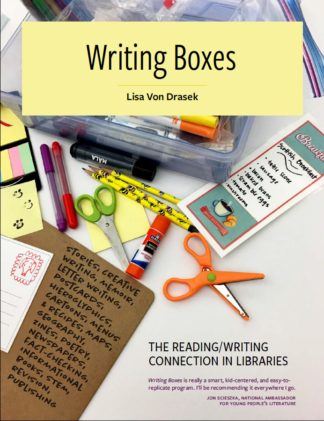
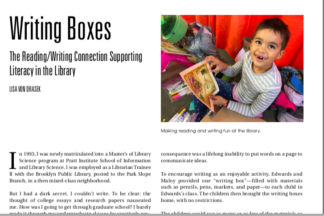
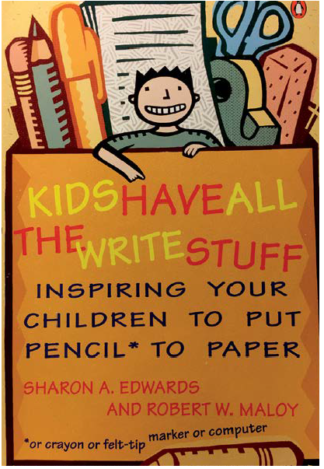
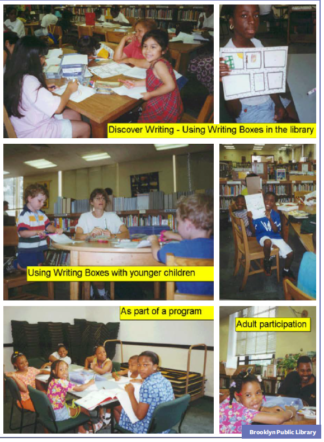
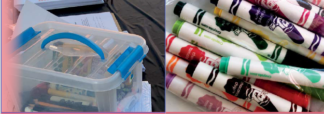
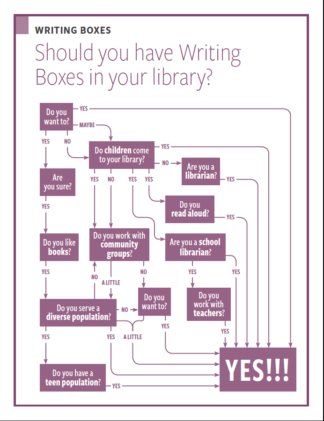
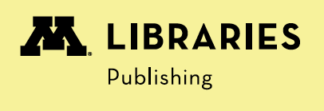
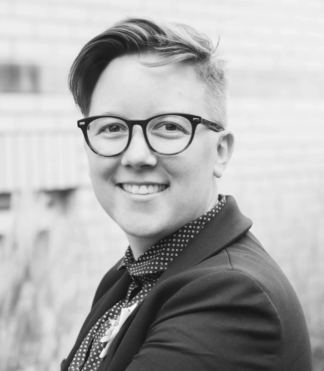
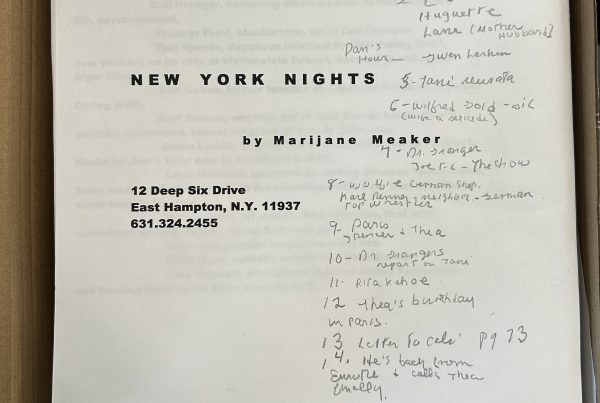
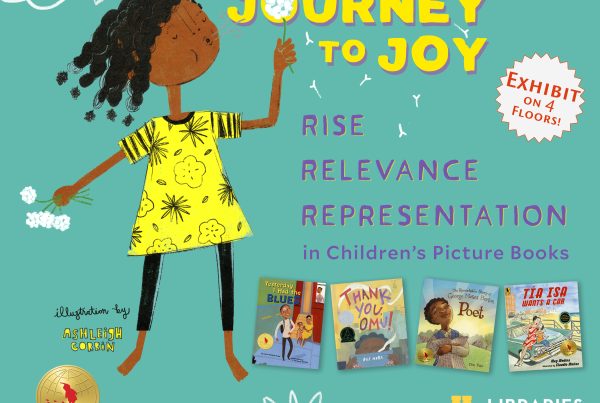
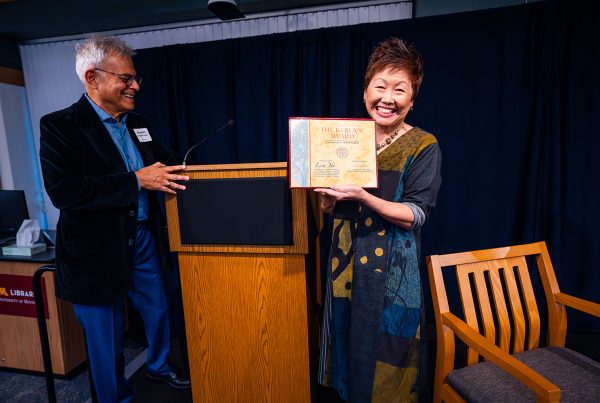
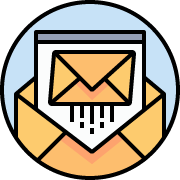
And just this morning in the Washington Post
https://www.washingtonpost.com/lifestyle/is-teaching-writing-as-important-as-teaching-reading/2019/07/09/26a83738-a248-11e9-a767-d7ab84aef3e9_story.html?noredirect&utm_term=.2ba10589e304
Great cover! And I am so glad you have put all of this amazing information and experience into a book all of us can learn from. Congratulations and thank you!